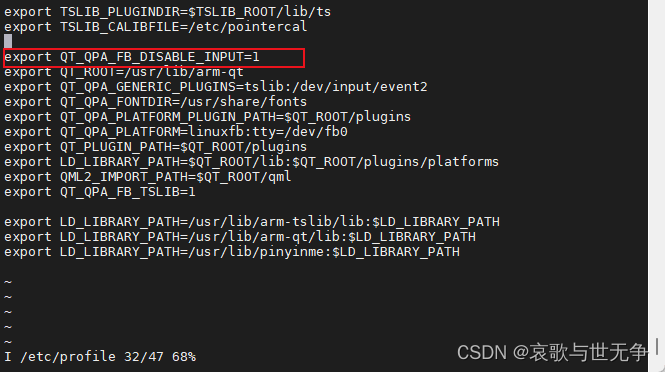给你一个下标从 0 开始的整数数组 nums ,表示一些石块的初始位置。再给你两个长度 相等 下标从 0 开始的整数数组 moveFrom 和 moveTo 。
在 moveFrom.length 次操作内,你可以改变石块的位置。在第 i 次操作中,你将位置在 moveFrom[i] 的所有石块移到位置 moveTo[i] 。
完成这些操作后,请你按升序返回所有 有 石块的位置。
注意:
- 如果一个位置至少有一个石块,我们称这个位置 有 石块。
- 一个位置可能会有多个石块。
示例 1:
输入:nums = [1,6,7,8], moveFrom = [1,7,2], moveTo = [2,9,5] 输出:[5,6,8,9] 解释:一开始,石块在位置 1,6,7,8 。 第 i = 0 步操作中,我们将位置 1 处的石块移到位置 2 处,位置 2,6,7,8 有石块。 第 i = 1 步操作中,我们将位置 7 处的石块移到位置 9 处,位置 2,6,8,9 有石块。 第 i = 2 步操作中,我们将位置 2 处的石块移到位置 5 处,位置 5,6,8,9 有石块。 最后,至少有一个石块的位置为 [5,6,8,9] 。
示例 2:
输入:nums = [1,1,3,3], moveFrom = [1,3], moveTo = [2,2] 输出:[2] 解释:一开始,石块在位置 [1,1,3,3] 。 第 i = 0 步操作中,我们将位置 1 处的石块移到位置 2 处,有石块的位置为 [2,2,3,3] 。 第 i = 1 步操作中,我们将位置 3 处的石块移到位置 2 处,有石块的位置为 [2,2,2,2] 。 由于 2 是唯一有石块的位置,我们返回 [2] 。
提示:
1 <= nums.length <= 1051 <= moveFrom.length <= 105moveFrom.length == moveTo.length1 <= nums[i], moveFrom[i], moveTo[i] <= 109- 测试数据保证在进行第
i步操作时,moveFrom[i]处至少有一个石块。
class Solution {
public:vector<int> relocateMarbles(vector<int>& nums, vector<int>& moveFrom, vector<int>& moveTo) {map<int,int> mp;int n=nums.size();for(int i=0;i<n;i++) {mp[nums[i]]++;}int m=moveFrom.size();for(int i=0;i<m;i++) {int sum=mp[moveFrom[i]];mp.erase(moveFrom[i]);mp[moveTo[i]]+=sum;}vector<int> res;for(auto it:mp) {res.push_back(it.first);}return res;}
};




